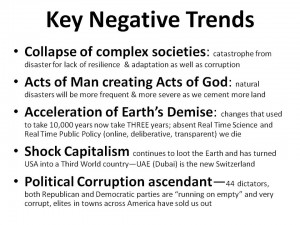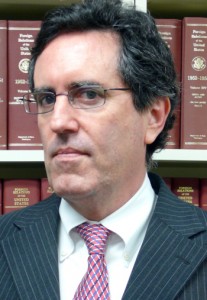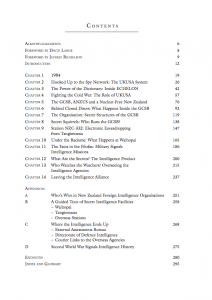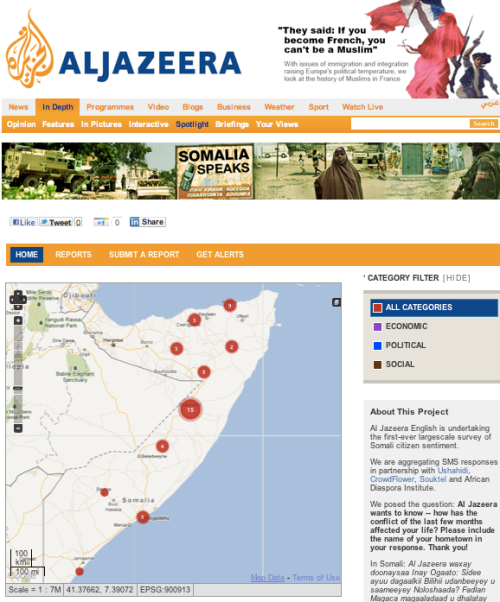
The Unmanned Aerial Vehicle (UAV) rose to prominence in an era of uncontested budget growth (including a borrowed trillion dollars a year) and uncontested airspace. That era is now over.
There will still be a place for mico-UAVs, especially in direct support of small unit operations, but neither the US military nor the US secret intelligence world consider infantry solutions to be “expensive enough” to be worth doing well.
For those who lack the sophistication to hack control over a UAV and force its undamaged landing, Electromagnetic Pulse rays remain the generic counter-measure that will proliferate rapidly.
NIGHTWATCH:

Pakistan: Any unmanned aerial vehicles, including US UAVs, entering Pakistani air space will be treated as hostile and shot down per a new defense policy, a senior Pakistani official said on 10 December.
Comment: Pakistani forces lack the capabilities to execute the directive as announced, but the loss of one or two drones would be enough to curtail the program because of the expense from multiple aircraft losses. The program is not sustainable in contested airspace. This declaration has been coming for a very long time.
Algeria-US-France: For the record. US and French unmanned aerial vehicles (UAV) will not be allowed to fly over Algeria's southern airspace to counter weapons smuggling from Libya, according to El Khabar newspaper. Algeria will increase its reconnaissance of UAV air surveillance operations.
Comment: The Iranians will be quick to disseminate any insights they developed in downing a US reconnaissance drone. Algeria might not yet have Iran's insights but it is showing that it is open to Iranian help.
See Also:










